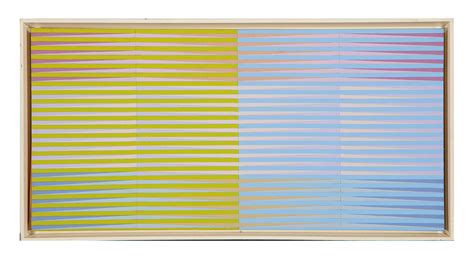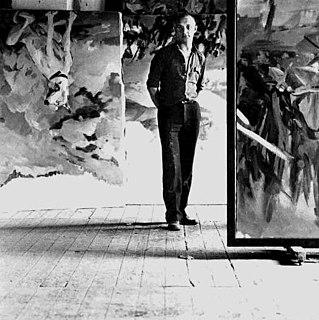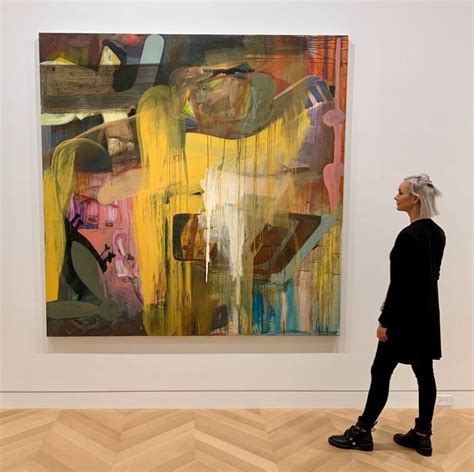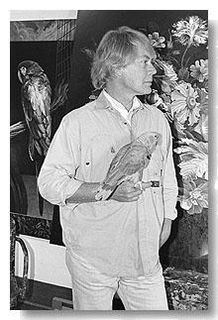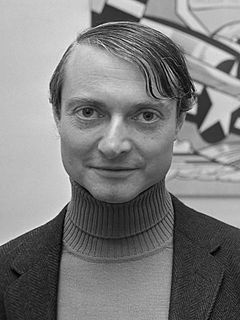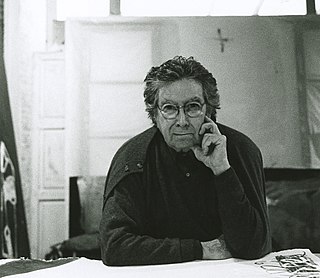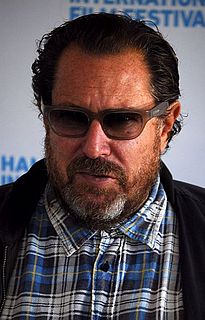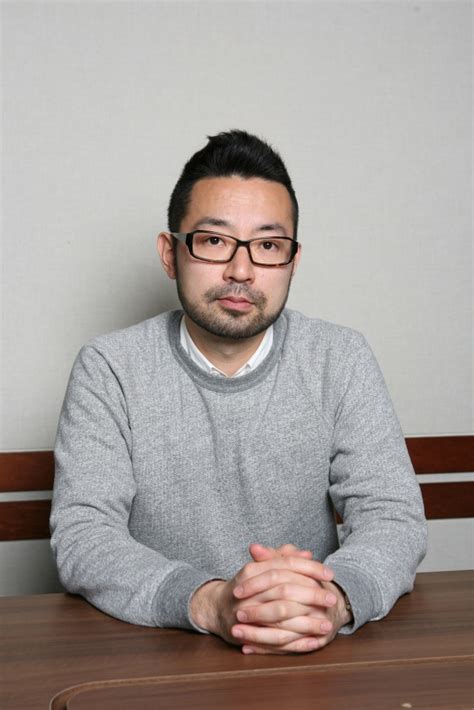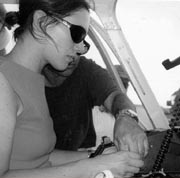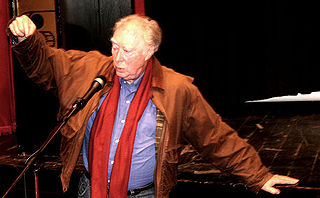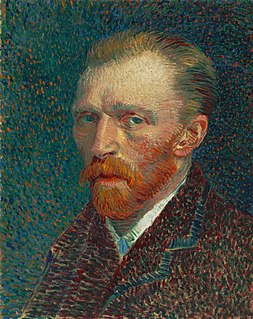A Quote by Christopher Willard
One of Cezanne's unfinished paintings... appears to be a completed work even though only a few strokes of paint have been put down. My methods are similar... I expect each of my paintings to appear whole in every stage.
Related Quotes
What I so like about Poussin and Cezanne is their sense of organization. Ilike the way in which they develop space and shape in architecturalcontinuity - the rhythm across their paintings. When I paint a landscape, Iget the greatest pleasure out of composing it. As I paint, I try to work outa visual sonata form or a fugue, with realistic images.
I think that people tend to look at the paintings as being resolved or finite. But, to me, a painting can be an index for all of the paintings I've done and all of the paintings I'm going to do. It's like if I'm doing a film of the Olympics, I'm not examining a specific sport; I'm interested in the overall context.
I began to paint again, even though I could barely hold the brush, but knowing exactly what I wanted to paint, I began three more large canvases... of large wheat fields under cloudy skies, and it did not take a great deal to express sadness and loneliness... I believe these paintings say what words cannot.
